The Diamond Beach in Iceland is a place of surreal beauty, where chunks of ice glisten like precious gems against the black volcanic sand. Capturing its magic through photography requires an understanding of both timing and composition. The interplay of light, ice, and landscape creates a dynamic scene that shifts throughout the day, offering unique opportunities for photographers willing to brave the elements.
Timing is everything when it comes to photographing Diamond Beach. The soft, golden light of sunrise and sunset transforms the ice into glowing sculptures, casting long shadows and painting the sky in hues of pink and orange. Midday light can be harsh, but on overcast days, the diffused light creates a moody atmosphere that enhances the textures of the ice. Winter months bring shorter days but offer the chance to capture the ice under the ethereal glow of the northern lights, while summer provides the midnight sun, a phenomenon that bathes the beach in an otherworldly twilight.
Understanding the tides is equally important. High tide brings larger icebergs closer to shore, creating dramatic foregrounds, while low tide reveals intricate patterns in the sand and smaller ice fragments scattered like diamonds. The ever-changing nature of the beach means no two visits are the same, and patience often rewards photographers with unexpected compositions.
When it comes to composition, the contrast between the ice and the black sand is a photographer’s dream. Leading lines, such as the edge of the water or the curve of the shore, can guide the viewer’s eye through the frame. Placing a large ice formation as the focal point against the vast expanse of sand creates a sense of scale and isolation. Reflections in the wet sand or shallow pools add depth, while close-up shots of the ice’s intricate details reveal its translucent beauty.
Weather plays a significant role in shaping the mood of the images. Fog can obscure the distant mountains, turning the beach into a minimalist dreamscape, while stormy skies add drama and intensity. Embracing the unpredictability of Iceland’s weather often leads to the most striking photographs. The key is to adapt quickly and experiment with different angles and perspectives.
Human elements, though rare, can add a sense of scale and narrative to the scene. A lone figure walking along the shore or a distant silhouette against the ice creates a poignant contrast between nature’s grandeur and human fragility. However, the true magic of Diamond Beach lies in its untouched, almost alien landscape, where the ice seems to tell its own story.
Post-processing can enhance the raw beauty of the images, but restraint is crucial. Adjusting contrast to highlight the ice’s textures or subtly enhancing the colors of the sky can bring the scene to life without sacrificing its natural feel. The goal is to evoke the same sense of wonder one experiences when standing on the beach, surrounded by the shimmering ice and the relentless Atlantic waves.
Diamond Beach is more than a photography location; it’s a testament to nature’s artistry. The interplay of light, ice, and sand creates endless possibilities for those willing to explore and experiment. Whether you’re a seasoned photographer or a traveler with a smartphone, the beach offers a chance to capture something truly extraordinary—a fleeting moment of beauty in a landscape that is constantly evolving.

By Benjamin Evans/Apr 11, 2025

By Amanda Phillips/Apr 11, 2025

By Ryan Martin/Apr 11, 2025
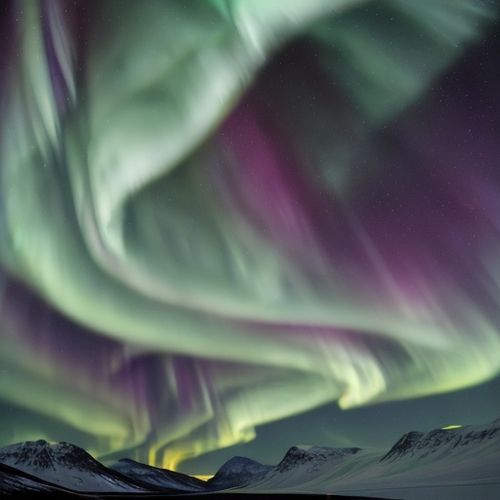
By Sophia Lewis/Apr 11, 2025

By Samuel Cooper/Apr 11, 2025

By Laura Wilson/Apr 11, 2025
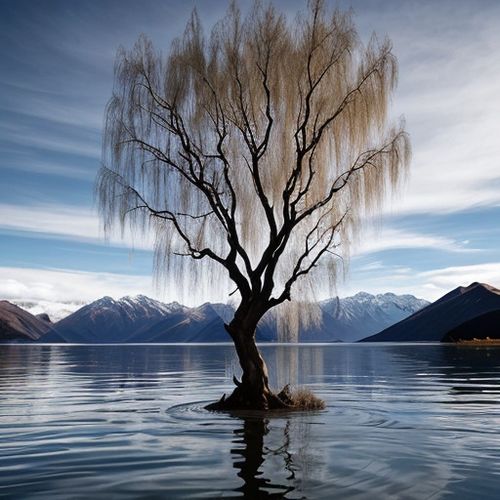
By Eric Ward/Apr 11, 2025
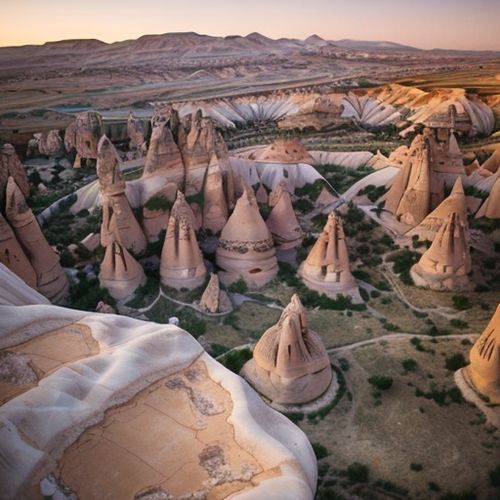
By Samuel Cooper/Apr 11, 2025
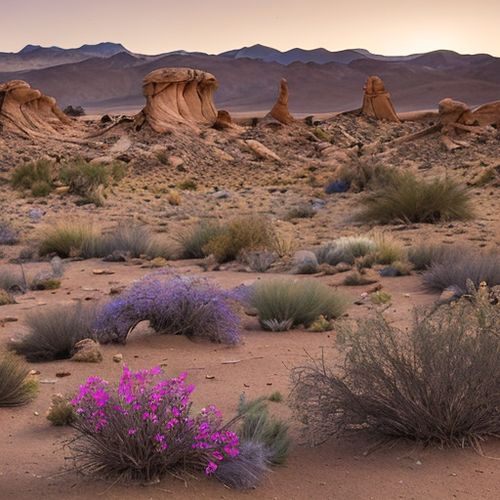
By Thomas Roberts/Apr 11, 2025
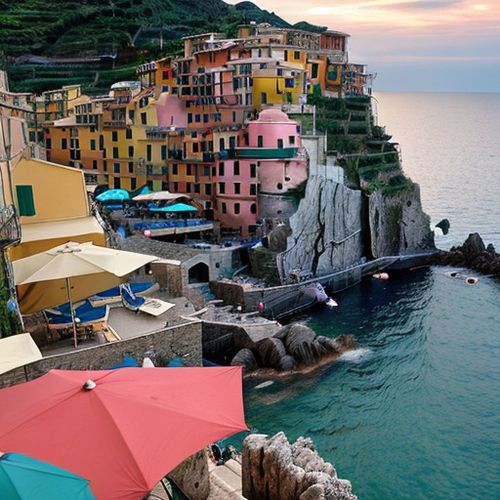
By William Miller/Apr 11, 2025

By Megan Clark/Apr 11, 2025

By Michael Brown/Apr 11, 2025
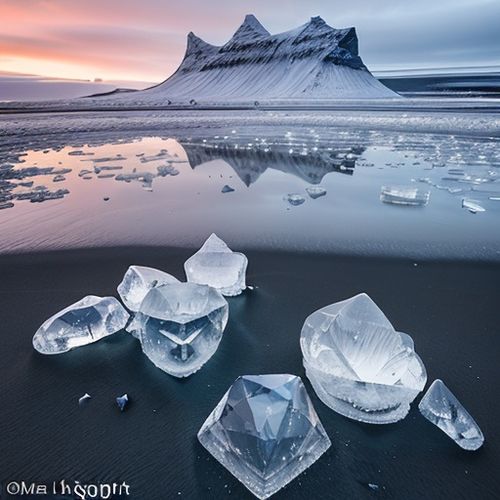
By Sarah Davis/Apr 11, 2025

By Noah Bell/Apr 11, 2025

By Sophia Lewis/Apr 11, 2025

By Daniel Scott/Apr 11, 2025

By Samuel Cooper/Apr 11, 2025

By Joshua Howard/Apr 11, 2025
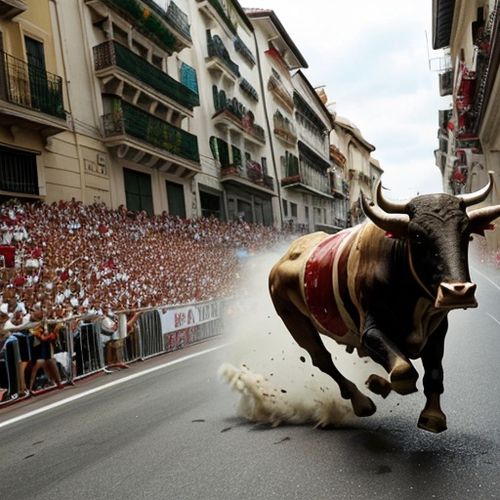
By Joshua Howard/Apr 11, 2025